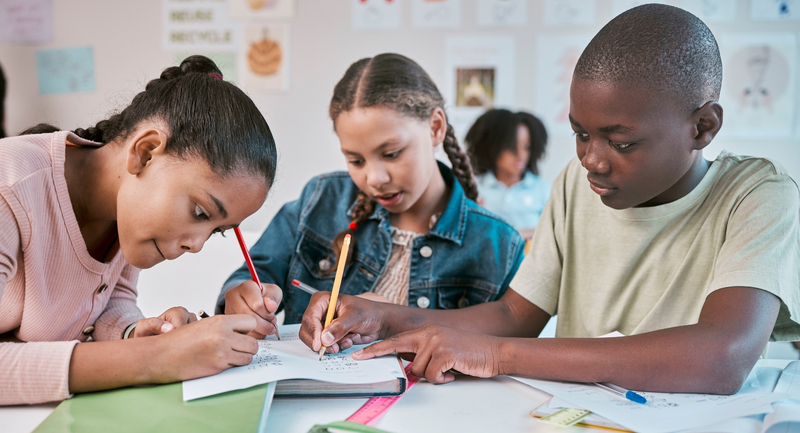Last week, President Joe Biden signed the largest single investment in public education in American history. The American Rescue Plan is a $1.9 trillion COVID-19 relief package that includes $129 billion for K-12 schools. Of that amount, states and districts will receive $122 billion distributed according to their allocation of Title I funds, while the remainder will be dedicated to special education ($3 billion), nonpublic schools ($2.75 billion), and supporting homeless students ($800 million). There’s also an additional $7 billion for the E-rate program (to increase student connectivity to the Internet for virtual learning). Besides the K-12 portion, the new law also provides $40 billion for higher education and $39 billion for child care, including $1 billion for Head Start.
By any measure, the school funding is a staggering amount of money. It is even more so when you consider the $13 billion for schools in the CARES Act from last spring and the $54 billion (“ESSER II”) from December’s emergency COVID stimulus. That amounts to $196 billion in total for schools since the start of the pandemic. It seems like a mind-boggling total, but it is also much need. As ASCD has noted, “The amount of funding for K-12 schools in this bill is unprecedented, but it is commensurate with the scope and scale of what this national public health emergency requires.”
So what are the details about this fresh infusion of school resources? Like previous packages, the funding is intended to help schools and educators respond to the challenges of the COVID-19 pandemic. To help schools reopen for in-person learning, for example, the money can be used for personal protective equipment (PPE), improvements to air quality and ventilation by repairing or upgrading HVAC systems, and other virus mitigation strategies.
But this round of funding is also more forward-looking in terms of what students will need once they are back in school. For example, states must set-aside 1 percent of funding for summer enrichment programs and another 1 percent for after-school programs. And districts are required to spend at least 20 percent of the new funding on learning-loss interventions. The funding is also intended to help students recover from the long-term impacts of the pandemic on things like re-acclimatization, trauma-informed care, differentiated instruction, mental well-being, and academics.
In many parts of the country, students are now returning to school. What follows will be the recovery phase of the pandemic where educators can, and will, use this funding to support the academic and social-emotional needs of their students that is necessary for a sustainable, long-lasting, and successful post-pandemic recovery for all involved. More broadly, the pandemic has highlighted long-standing systemic inequities that can no longer be ignored. The real-life consequences of the issues like the digital divide and student food insecurity have been made plain for all to see during this past year.
Given the historic size of this federal investment in schools, education leaders will have an opportunity to fundamentally reshape school operations and expectations as part of their recovery efforts in a way that will endure well past the end of the next school year.
Below is an outline of the major education funding provisions in the American Rescue Plan.
$123 billion for public K-12 schools
- Reopen schools for in-person learning
- Address learning loss
- Support recovery from the effect of the pandemic.
- Address students’ long-term academic, social, and emotional needs.
- States
- Must send 90% of funds to school districts
- Based on their FY20 Title I allocation
- Reserve funding for
- 5% for student learning loss.
- 1% for summer enrichment programs
- 1% for afterschool programs.
- 0.5% for state administration
- School districts
- 20% (at least) to implement evidence-based interventions to address learning loss.
- Includes “maintenance of effort” to protect against state and local cuts to K-12 funding
- Includes “maintenance of equity” to protect higher-poverty districts and schools from being disproportionately impacted by state or local funding cuts.
$800 million for homeless students
$3 billion for IDEA
- $2.5 billion for state grants
- $200 million for preschoolers
- $250 million for infants and toddlers
$2.75 billion for non-public schools
$7.2 billion for the E-rate
- Increase student connectivity to the Internet for virtual learning
$39 billion for early childhood and child care programs
- $1 billion for Head Start
$40 billion to higher education
- At least half for emergency financial aid grants to students to help with college and basic living expenses
- Remainder to institutions of higher education to defray lost revenue (enrollment, services) and increased costs from Covid (testing, PPE, virtual learning).

Timeless Lessons from Civil Rights Teachers
Tarsha I. Herelle & Andrene J. Castro et al.9 months ago







